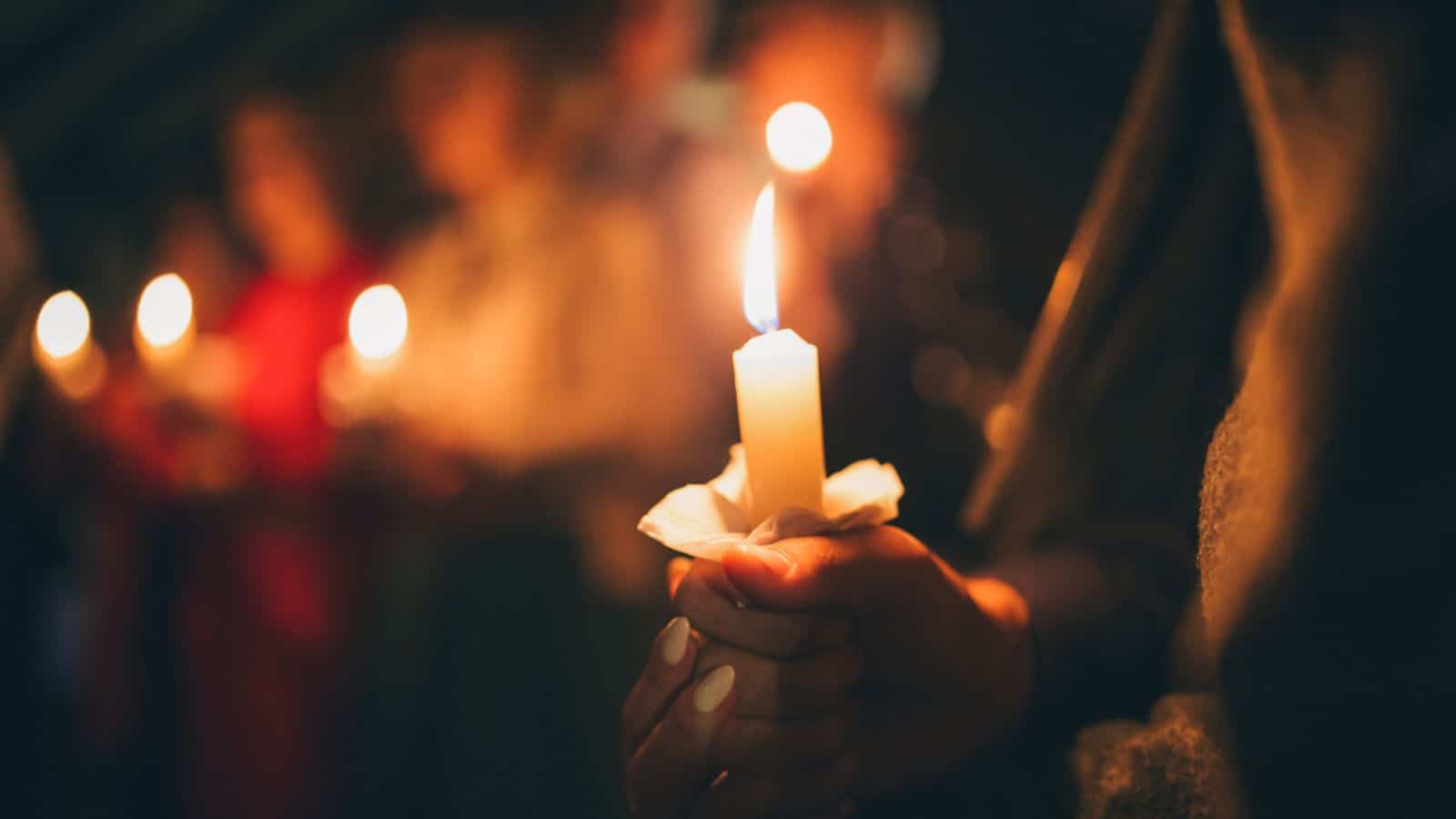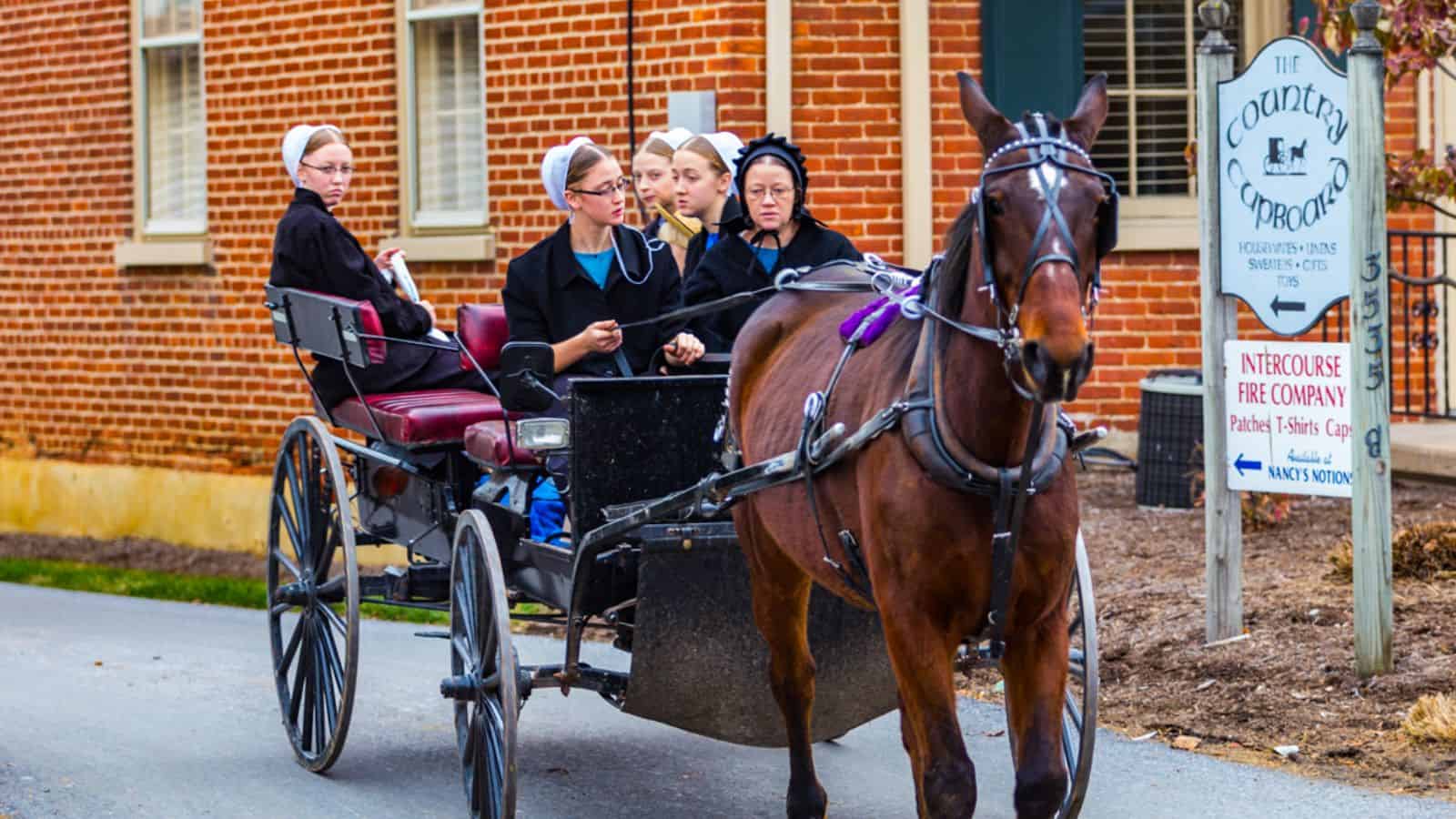The Amish community is considered to be old-fashioned. They live secluded and simple lives and don’t like their way of life to be influenced by the outside world, but the culture is a little mysterious to us outsiders, and sometimes we get things all wrong about the Amish.
The Amish cannot use any electricity

This is a common misconception, as Amish communities don’t like to use modern technology. They generally don’t connect to public electric utilities but sometimes will use self-contained systems like solar panels or generators for essential tasks or medical reasons. In addition, some Amish businesses use electricity in limited ways, as they need to keep up with competition.
Amish children do not go to school

Amish communities have their own one-room schools. Dartmouth Professor William A. Fischel says that typically, Amish children attend school until the eighth grade, which is considered sufficient for their community-focused lifestyle. After this, education continues informally through apprenticeships, and children learn essential skills like farming, cooking, sewing, and gardening when at home.
There’s only one Amish group

There are four main groups in the Amish community. These are the Old Order, the New Order, the Beachy Amish, and the Amish Mennonites. The Old Order is known for its conservative practices and more traditional ways, whereas the Beachy Amish community is a little more progressive. The New Order Amish are probably the most progressive group.
They don’t pay taxes

Because Amish people care for their elderly in their community and it is against their religion to take government aid, the Amish community is not required to pay Social Security or Medicare taxes. However, they do pay all of their other taxes.
They shun all technology

Amish communities try to stay away from most modern technology, but they are selective and will use technology that can maintain their community values, like power tools and diesel generators. They also don’t drive or own cars, but they can travel in a car that someone else is driving.
Completely isolated from the outside world

People from Amish communities interact with the outside world quite a bit. They run businesses, attend events in their wider communities, and use services such as hospitals and public transportation, and some communities allow tourists to visit their villages and view their way of life.
The Amish way of life is a cult

Many people are unaware of how the Amish community lives and see them as more of a cult than a religion. However, the Amish community is a distinct religious group with deep Christian convictions and a commitment to community living. People raised in the Amish community make a choice to be baptized as adults.
Amish people are super-healthy

Amish people have much better late-life health, according to Time, with lower rates of cancer, cardiovascular disease, and diabetes. This is mainly because they are far more active than most. However, because the Amish population in the U.S. is descended from just 200 families, their small gene pool makes them more susceptible to genetic disorders.
Amish communities all live the same way

There are many Amish communities and although they all follow the same values, there are differences between them in some things. The use of technology is more progressive in some settlements while very conservative in others, and customs and rules can be quite different from place to place.
They only speak German in Amish communities

It’s a common misconception that Amish people only speak German. Mainly, Amish people speak Pennsylvania Dutch among themselves in their communities. Amish children learn to speak English fluently at home and in school, becoming bilingual early in life. They also often learn High German for religious services.
Amish communities are completely self-sufficient

Much of the Amish way of life depends on the wider community, as they sell crafts, furniture, and produce to the outside world to sustain their communities. While they strive to be self-sufficient, that is not always possible, as they need money for certain things from the outside world to support their way of life.
They’re Dutch

The Pennsylvania Dutch are not actually from the Netherlands. According to USA Today, the name comes from the word “Deutsch” or German, as this is where they originate from, and they speak a dialect of Swiss German now known as Pennsylvania Dutch.
They are unable to have fun

Many fun recreational activities are enjoyed among the Amish community, including playing volleyball, basketball, and other sports, fishing, hunting, and board games. In fact, game nights are popular among Amish communities, just as they are in the outside world. They also partake in significant joyful events, including barn raisings and community singing.
The Amish culture is dying out

This one is way off base. Amish communities are growing fast. They encourage large families, and most Amish people tend to stay in their communities and keep practicing the faith, despite being given the option of leaving when they reach adulthood. The community is also open to converts, and anyone who wants to embrace their way of life can join.
Amish people are all good

Unfortunately, there are bad seeds everywhere, and the Amish community is no different. There have been cases of abuse in Amish communities, just like everywhere else. Some Amish marriages are not perfect, and sometimes Amish teenagers rebel and drink alcohol and take drugs, just like in every other culture.
Young Amish people are not allowed to date

Young adults in Amish communities start dating when they are around 16 years old. The religion is strict about not having sex before marriage, but young people are encouraged to get to know one another well before they decide to wed.
They all practice rumspringa

Teenagers from some Amish settlements may experience “running around,” or rumspringa, during which time traditional rules are loosened and teens are permitted to indulge in the outside world. They decide whether or not to formally join the church and return to the community after this. NIH states that some communities outright prohibit rumspringa, whereas others support it.
